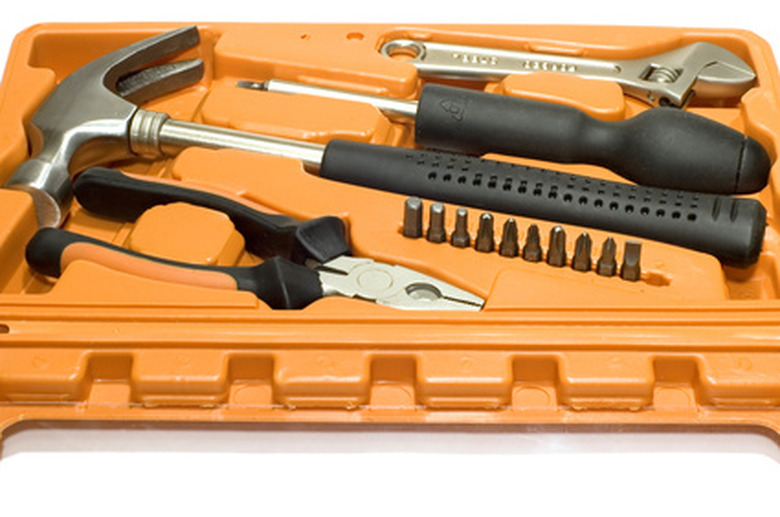How To Tell When Household Mold Is Dead
Things Needed
-
Breathing mask
-
Gloves
-
Broom
Mold, an organism of the fungi family, is a dangerous byproduct of a damp area or surface. Mold can form within 24 to 48 hours of a flood or a leak in a home or a basement. Mold spores can cause cold-like symptoms and trigger asthma attacks and other health problems, such as allergic reactions. Mold is especially dangerous to young children, whose immune systems are not developed, pregnant women and the elderly. Living or dead, mold can be dangerous and should be taken seriously.
Step 1
Don a breathing mask and gloves before exposing yourself to mold. This protective gear will create a barrier between you and the mold and lessen your exposure to mold spores. Minimize your proximity to the mold since the closer you are to it, the greater chance you will feel the effects of it.
Step 2
Study the mold that you think may be dead. It will appear flaky and powdery. Live mold will appear moist and come in various colors such as white, black, gray, green or yellow. The texture of active mold can vary from cotton-like to glossy. It can have hair-like growth on top.
Step 3
Rub the surface of the mold with something long, such as a broom, so you do not have to get close to it. If it falls off the surface easily and becomes airborne, then it probably is dead mold.
Tip
Remove mold from a hard surface such as metal, glass or plastic by scrubbing with soap or detergent, then disinfecting with a solution of 1/2 cup bleach to one gallon of water. Allow the bleach solution to remain on the surface for 15 minutes, then rinse with clear water and quickly dry.
Warning
If a removable item has been exposed to mold, it must be thrown out. This includes carpeting, household items and furniture. Always wear protective gear when handling these items.
